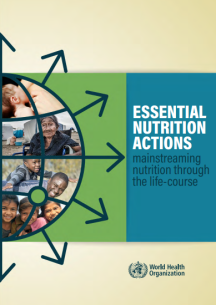Full reference: Panagioti, M. et al. | 2019| Prevalence, severity, and nature of preventable patient harm across medical care settings: systematic review and meta-analysis| BMJ | 366 | l4185| doi: https://doi.org/10.1136/bmj.l4185
The BMJ has published a systematic review and meta-analysis of preventable patient harm across a range of settings, the review is available to read in full from the BMJ
Abstract
Objective To systematically quantify the prevalence, severity, and nature of preventable patient harm across a range of medical settings globally.
Design Systematic review and meta-analysis.
Data sources Medline, PubMed, PsycINFO, Cinahl and Embase, WHOLIS, Google Scholar, and SIGLE from January 2000 to January 2019. The reference lists of eligible studies and other relevant systematic reviews were also searched.
Review methods Observational studies reporting preventable patient harm in medical care. The core outcomes were the prevalence, severity, and types of preventable patient harm reported as percentages and their 95% confidence intervals. Data extraction and critical appraisal were undertaken by two reviewers working independently. Random effects meta-analysis was employed followed by univariable and multivariable meta regression. Heterogeneity was quantified by using the I2 statistic, and publication bias was evaluated.
Results Of the 7313 records identified, 70 studies involving 337 025 patients were included in the meta-analysis. The pooled prevalence for preventable patient harm was 6%. A pooled proportion of 12% of preventable patient harm was severe or led to death. Incidents related to drugs and other treatments accounted for the largest proportion of preventable patient harm. Compared with general hospitals (where most evidence originated), preventable patient harm was more prevalent in advanced specialties.
Conclusions Around one in 20 patients are exposed to preventable harm in medical care. Although a focus on preventable patient harm has been encouraged by the international patient safety policy agenda, there are limited quality improvement practices specifically targeting incidents of preventable patient harm rather than overall patient harm (preventable and non-preventable). Developing and implementing evidence-based mitigation strategies specifically targeting preventable patient harm could lead to major service quality improvements in medical care which could also be more cost effective.




